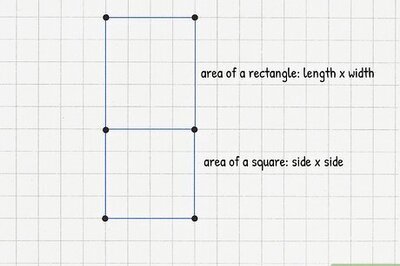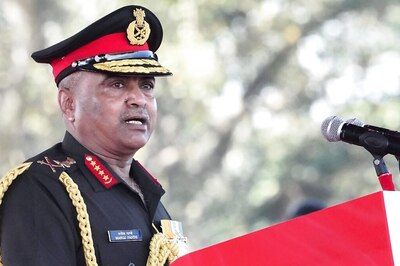
views
Finance Minister Nirmala Sitharaman is all set to present her first-ever Union budget next week. She would be India’s first full-time female Finance Minister to shoulder this responsibility. The Union Budget 2019 also assumes significance since it would be the first budget after Narendra Modi-led National Democratic Alliance (NDA) was voted back to power with an overwhelming majority.
Here’s a list of the five most important Union Budgets that changed the fabric of the Indian economy:
The Black Budget by Yashwantrao B. Chavan in 1973
The 1973-74 Budget, presented by the Indira Gandhi government, was famously called the Black Budget due to the huge budget deficit of Rs 550 crore. Yashwantrao B. Chavan was criticized for allocating Rs 56 crore for nationalisation of coal mines, general insurance companies and Indian Copper Corp. It is argued that nationalisation of coal mines had an adverse impact on coal production in the long run. The coal assets were bundled together under a single government-owned entity with no scope for market competition. This later resulted in India’s dependence on imports to meet its coal demands.
The Carrot-and-Stick Budget by V.P. Singh in 1986
The "carrot and stick" approach is an idiom that refers to a policy of offering a combination of reward and punishment. The 1986 Budget saw Finance Minister VP Singh introducing MODVAT Credit. MODVAT refers to Modified Value Added Tax. The idea was to lessen the cascading effect of taxes on the end consumer. Singh also launched an intensive drive against smugglers, black marketers and tax evaders. “There cannot, and will not, be a compromise on this score. Those who abuse the nation’s trust must be dealt with firmly and with full force of the law,” he said during his speech.
Epochal Budget by Manmohan Singh in 1991
Perhaps the most iconic of them all, the 1991-92 budget by finance minister Manmohan Singh changed the Indian economy forever and marked the beginning of economic liberalization. The Epochal Budget overhauled the import-export policy, slashed import licensing and went for vigorous export promotion and optimal import compression to expose Indian industry to competition from abroad. Singh also began the rationalisation of duty structures by pruning the peak customs duty from 220% to 150%.
The Dream Budget by P. Chidambaram in 1997
The 1997 budget was called the ‘Dream Budget’ primarily because P. Chidambaram massively reduced personal income tax and corporate tax rates. The highest personal income tax rate was brought down from 40% to 30%, while many other surcharges and royalty rates were slashed. This was done with an aim to increase the tax base of the country. The lower tax rates did help in increasing compliance India’s tax collections jumped from mere Rs 18,700 crore in 1997-98 to massive Rs 100,100 crore in 2010-11.
The Millennium Budget by Yashwant Sinha in 2000
The Millennium Budget of 2000-01 presented by then finance minister Yashwant Sinha promoted India as a software development hub, leading to an exponential growth of the Indian IT Industry and its positioning as the software exporter on the global map. In this budget, Sinha phased out Manmohan Singh’s incentive on software exporters, while also lowering customs duty on 21 items, including computers and CD Roms, which led to the growth of the IT sector.




















Comments
0 comment